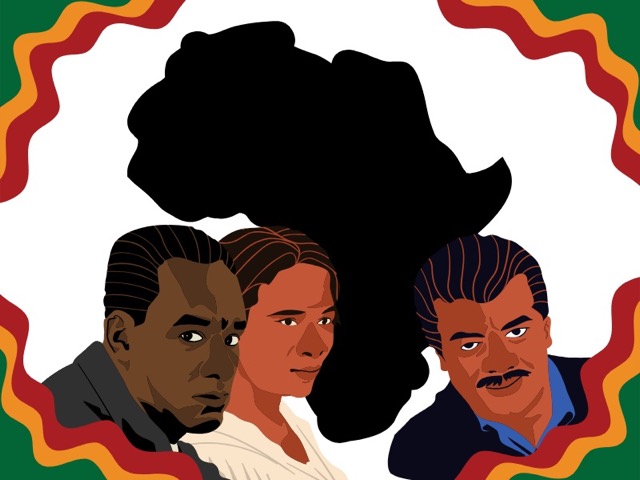After the recent historic Eaton Canon fire burned through parts of Altadena, Pasadena, Sierra Madre, and the San Gabriel Mountains, the CSArts-SGV community came together to support the many students and staff who were affected.
A relief drive, held in the gym, and organized by CSArts Leadership and Administration collected donations of bottled water, food, clothing, hygiene products, emergency supplies, school materials, pet supplies, and art supplies. The incredible amount of support was not just felt by those impacted at our school. The drive was also made available to anyone impacted by the fires in the wider community.
“It’s been amazing to see the school come together to support our students and community. And that’s the hope, right? To see students, former students, teachers, and administrators come together and work so hard. We really have gotten to see how much love this community has for its neighbors,” said Robert Blair, a Creative Writing teacher and volunteer at the drive.
In Sacramento and Washington D.C., State and Federal aid programs have been activated and approved by Governer Gavin Newsom and President Donald Trump to assist affected residents and businesses. People who have lost their homes or experienced property damage can apply for rental assistance and grants to cover essential repairs not covered by insurance. Additionally, funding has been allocated to support local and state governments in debris removal and emergency protective measures. Governor Newsom recently requested nearly $40 billion in federal disaster funding from Congress to aid in recovery and rebuilding efforts, emphasizing the critical need for sustained support to ensure affected communities receive the necessary resources for rebuilding and future mitigation.
Environmental hazards continue to plague Southern California. This time with heavy rains dumping 3-6 inches of rain on the burn scars, which lost significant vegetation due to the fire. Without plant life to anchor the soil, towns like Sierra Madre and Altadena became vulnerable to dangerous mudslides. According to the city of Sierra Madre’s official website, “Ashy slopes left stripped by wildfires have been especially susceptible to ‘mudslides’ during and immediately after rainstorms.” Sierra Madre was among the hardest-hit areas, experiencing mandatory evacuations and more than three feet of mud rushing down from the canyon, burying homes and vehicles. Severe mudslides also occurred in regions close to the Palisades Fire, where vegetation loss was even greater.
To better understand the response to these ongoing environmental challenges, The CSArtisan reached out to the office of Judy Chu, a congressional representative for California, inquiring about measures to prevent future mudslides, as well as broader concerns about federal relief and the long-term environmental effects of the fires. However, due to an influx of inquiries regarding the disaster, The CSArtisan had not received a response at the time of publication.
If you or someone you know needs continued support, visit wildfirerecovery.caloes.ca.gov for more information, resources, and direct links to help.

 Recognizing Black History Month with AP African American Studies
Recognizing Black History Month with AP African American Studies